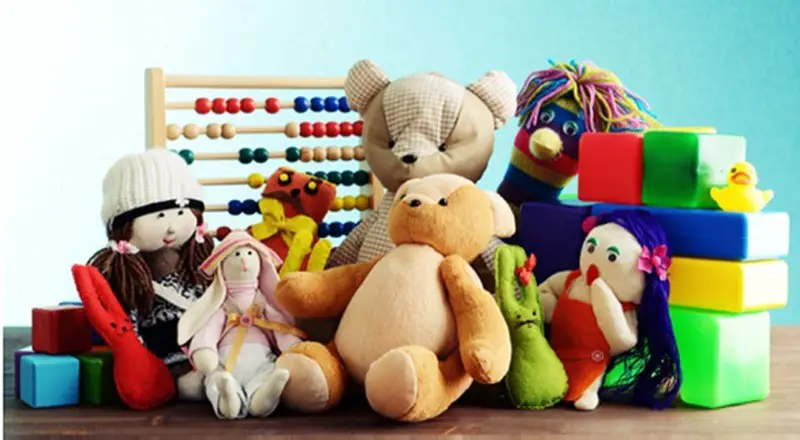
Studies reveal that more counterfeit toys are making their way to popular online platforms, try to cash in on the desperation of parents during the holiday season. Here’s how to spot counterfeit toys.
The real issue with counterfeit toys
Counterfeit toys are obviously not going to meet the high quality standards that one expects from the top toy brands. However, the more concerning factor is that it is going to falter on the safety aspect too.
Counterfeit toys can pose real dangers to a child who is going to use the counterfeit toy.
Counterfeit products are not subjected to the stringent safety tests required by law in most countries, and also do not carry adequate warnings or advice on the packaging. They can pose a choking hazard, and/or could contain a toxic chemicals that could be harmful to children.
Why do parents buy form unverified sellers?
Although not wanting to buy a counterfeit toy, most parents seem to ignore the risk of buying from an unverified seller. And the main reasons for that seems to be:
- The original toys being out of stock everywhere
- The toy from the unverified seller looks exactly like the one that their children want.
- Lot of parents are enticed by the lower price from the “unverified” seller.
Festive period is the perfect opportunity for counterfeiters
The festive period presents the perfect opportunity for counterfeiters to cash in on the surge in demand for toys, as they find ways to sell dangerous toys to unsuspecting parents.
The disruption to the supply-chain of the big toy brands is providing the counterfeiters to ramp up their toy production. Counterfeit toys were there earlier also, but the pandemic seems to be accelerating its growth because many more people are now shopping online for toys.
Tips to spot counterfeit toys
Here’s how to protect yourself by using these buying tips:
- Price: Everybody likes a good deal but then a $35 toy is being sold for less than half its price, you can assume that its a fake item..
- Read reviews: Reviews by other customers can provide insights about the authenticity of the product.
- Sold By: On Amazon, every product information contains the ‘sold by’ information as well. Click on the name to ensure its a legitimate business with a real address and contact information.
- Brand or Manufacturer: On Amazon, under the title of the toy, you will see the brand name and for the bigger brands (such as Marvel, Lego, Super Mario) this is a link that will take you to the store of that brand. For example, “Visit the Hasbro store” or “Mattel store” or “Visit the Melissa and Doug Store” or “Visit the LEGO Store.”
- Once the toy has been ordered and delivered to you, check for the brand name and logo on the toy. Counterfeit toys will usually not have the company logo.
Anti-Counterfeiting measures taken by companies
Top toy companies and internet platforms realise the importance of adopting anti-counterfeiting measures. Here are some of the measures being taken by companies.
Use of design and materials in packaging that is difficult to imitate and makes it easier for consumers to identify counterfeit goods.
Online platforms are working towards creating a blacklist mechanism to prevent stores involved in the sales of fake products from selling on their platform.
Creating a task force to assist law enforcement in cracking down on counterfeit goods.
Companies like Amazon are fighting counterfeiters by investing in technology and human investigation. The company has also set up a “counterfeit crimes unit” to refer cases to law enforcement agencies.
Funtoyworld is a family-managed website with me (Ben), and my wife doing most of the work. We are proud parents of two wonderful kids and love reviewing toys. We have a firm but friendly “democratic parenting” style and offer several practical suggestions backed by extensive research. Our own experience with raising two children prompted us to share our knowledge. Read more.
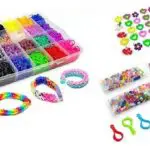
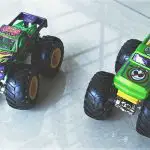
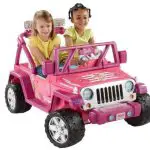
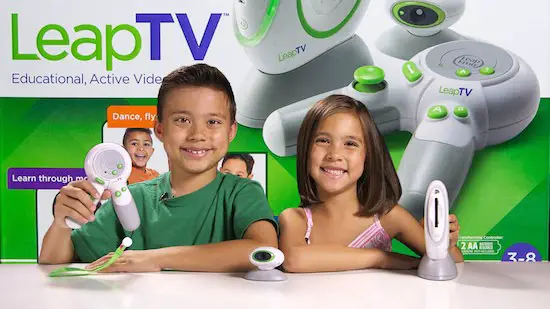



Leave a Reply